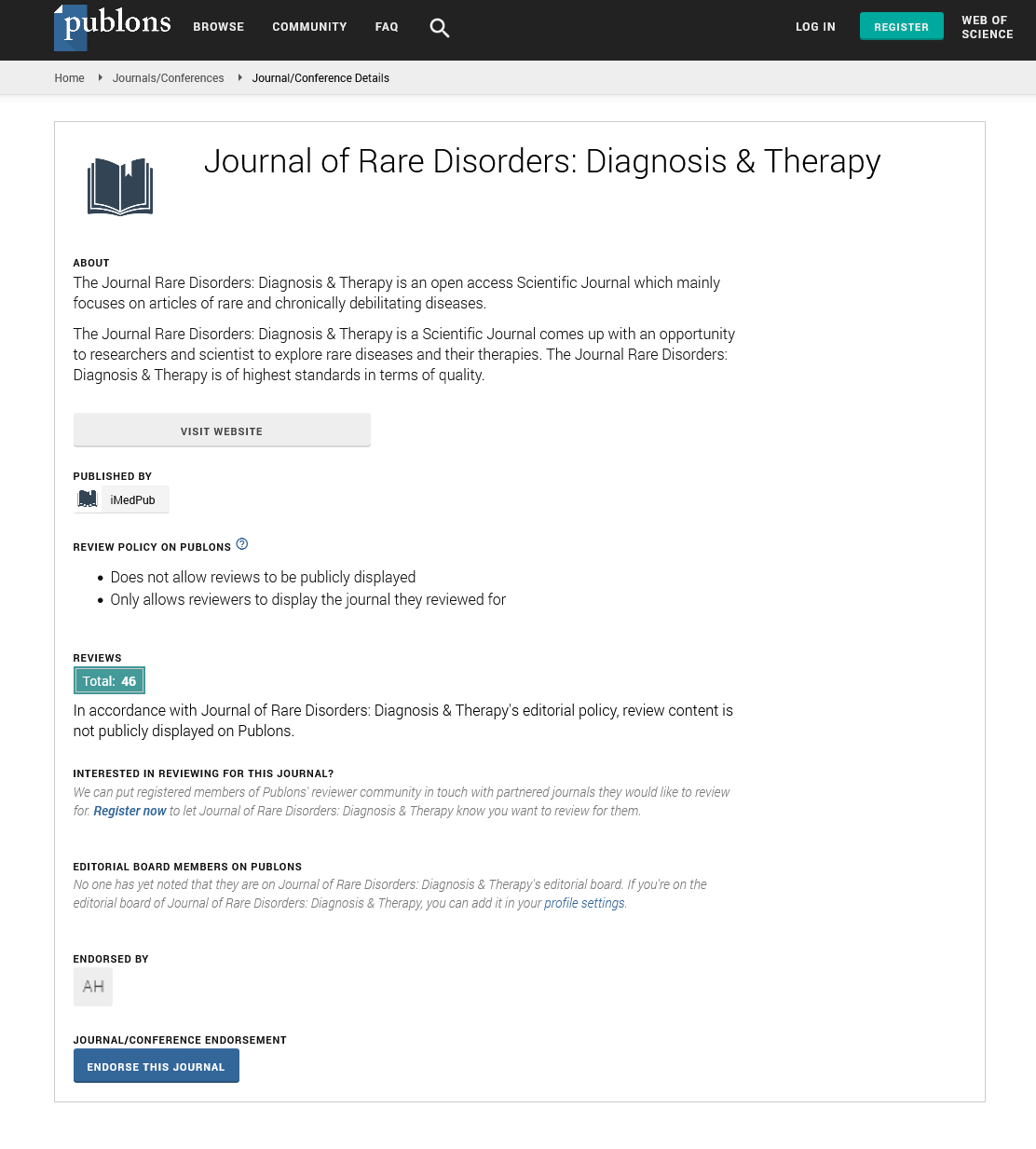Abstract
Clinical and Molecular Spectrum of Sarcoglycanopathy Related Genes in Iranian Families
Sarcoglycanopathies comprise four subtypes of autosomal recessive limb-girdle muscular dystrophy (LGMD2C, LGMD2D, LGMD2E, and LGMD2F) caused, respectively, by mutations in the SGCG, SGCA, SGCB, and SGCD genes. Knowledge about the clinical and genetic features of sarcoglycanopathies in Iranian patients is limited. This study aimed to investigate the clinical manifestations and gene mutations in Iranian patients with sarcoglycanopathies and identify possible correlations.
Studies on SGCs were performed on ten unrelated Iranian families referred to a genetic clinic for genetic diagnosis due to the initial diagnosis of muscular dystrophy. Based on clinical phenotype and genetic findings were observed, respectively: The ten unlinked LGMDs families originated from 9 different cities of Iran. Three patients were diagnosed with LGMD2D, four with LGMD2E, and three with LGMD2C. No patient was detected with LGMD2F. Ten mutations were detected in SGCA (n=3), SGCB (n=4), and SGCG (n=3); no SGCD mutation was found in these families. The finding will be beneficial for screening and genetic counseling of SGCs patients in Iran.
The present study demonstrates the clinical and molecular spectrum of Sarcoglycanopathy related-genes in the study families. Our finding provided additional insights into genotype and phenotype correlations in the Iranian population.
Author(s): Mohammad Amin Khodadadegan, Soheila Abedini, Mohammad Doosti, Paria Najarzadeh Torbati, Mojtaba Safi, Hadis Malek, Samaneh Maskani, Masoumeh Ramahi, Sogand Malekzadeh, Mehran Beiraghi Toosi, Reza Boostani, Najmeh Ahangari, Ehsan Ghayoor Karimiani and Yalda Jamshidi
Abstract | Full-Text | PDF
Share this

Google scholar citation report
Citations : 241
Journal of Rare Disorders: Diagnosis & Therapy received 241 citations as per google scholar report
Journal of Rare Disorders: Diagnosis & Therapy peer review process verified at publons
Abstracted/Indexed in
- Google Scholar
- China National Knowledge Infrastructure (CNKI)
- Directory of Research Journal Indexing (DRJI)
- Publons
- International Committee of Medical Journal Editors (ICMJE)
- Secret Search Engine Labs
- Euro Pub
Open Access Journals
- Aquaculture & Veterinary Science
- Chemistry & Chemical Sciences
- Clinical Sciences
- Engineering
- General Science
- Genetics & Molecular Biology
- Health Care & Nursing
- Immunology & Microbiology
- Materials Science
- Mathematics & Physics
- Medical Sciences
- Neurology & Psychiatry
- Oncology & Cancer Science
- Pharmaceutical Sciences


